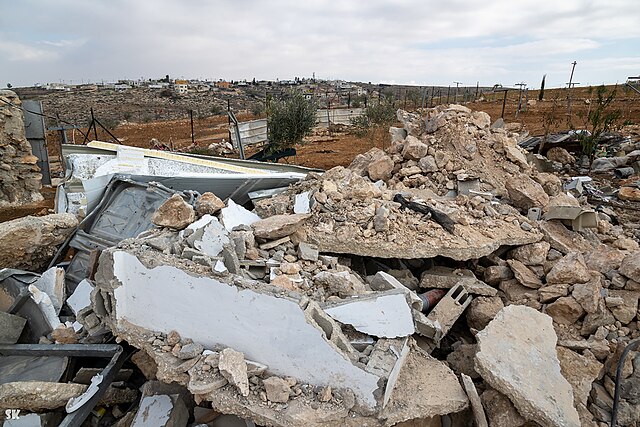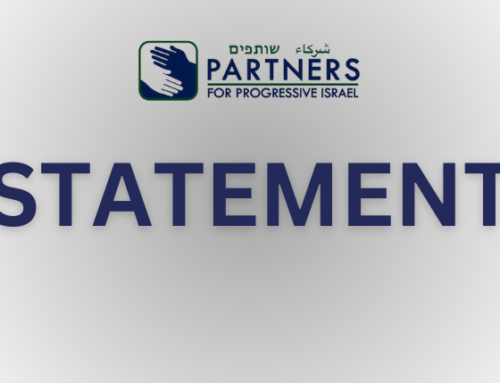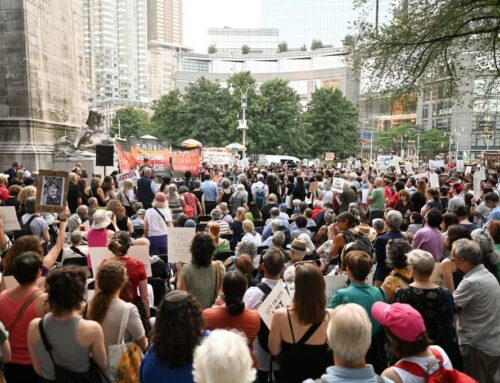Blog Post — The ‘Forever War’ Has an Eastern Front: The West Bank
by Mark Gold
The cease fire negotiation charade and the bunker buster bombing of Iran’s uranium processing facilities all make headlines. Hidden in plain sight, however, is a constant war of aggression waged daily against unarmed Palestinians in the West Bank.
While we in the US were celebrating our Independence Day holiday, hundreds of Bedouin residents of Mu’arrajat near Jericho were forced from their homes after a campaign of settler violence, waged with impunity, against them for years. Only a few days before, settlers rampaged through the West Bank town of Kafr Malik, near Ramallah, setting fire to homes and vehicles. When soldiers arrived, they fired on Palestinians, killing 3.
This week, in the West Bank town of Tulkaram, situated just east of the Green Line dividing Israel from the West Bank, Israeli Army bulldozers destroyed homes in two refugee camps, displacing thousands. Only a few hours’ notice were given to residents.
The South Hebron hills area of Masafer Yatta continues to be a locus of violence and displacement of Palestinians. The area has been designated as an artillery training ground to compel Palestinians to leave. On June 17, the army announced that it would resume live fire training, threatening 1200 residents in a dozen communities with imminent displacement and the destruction of their homes. South Hebron Hills villages are subject to constant vandalism and harassment by neighboring Israeli settlers. As residents of Muaarajat were fleeing their homes near the Jordan river, settlers were releasing livestock to feed on the fields and hay bales of Khirbet al-Tuba and among the olive groves in the Shaab al-Butum area of the South Hebron hills.
It is part of a long standing pattern. Settlers invade rural communities, vandalizing and terrorizing. The army rarely intervenes. Ministers declaim settler violence but do nothing to prevent it. This makes settler violence an instrument of government policy. It is a policy of intimidation and displacement, applied particularly in the rural areas of the West Bank covering 60% of its land, designated during the Oslo process as “Area C” where the Palestinians have neither civil nor security authority.
While the Jordanians controlled the West Bank, they established a land registration procedure though not all landowners had completed the process before the Six Day War. After the War, registration was frozen. When their ownership would be challenged, West Bank residents would provide Jordanian titles or tax payment receipts. Once the Oslo process was established, the Palestinian Authority handled land registration in all areas, a matter necessary to record inheritance or sales. Two months ago, the Israeli government reopened land registration but refused to recognize PA issued documents for land holders in Area C. Land that is not privately registered may be declared as state land subject to seizure. The new land registration procedures would provide legal cover to finalize displacements.
Palestinian impoverishment and displacement will not make Israel more secure. Israelis who oppose Palestinian dispossession, and Diaspora Jews who support them, have created protection groups to be present in Area C and record and publicize what is happening there. The presence of such groups can limit the violence, but it cannot stop it. They serve, however, as an important conduit to spread information and encourage media coverage. International pressure will be vital to help those on the ground resisting settler violence and Palestinian dispossession.
Mark Gold is the Treasurer of Partners for Progressive Israel.





Leave A Comment